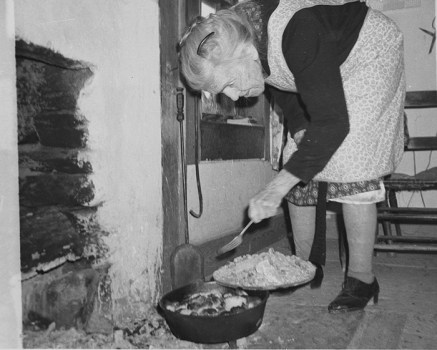i believe two of the first recipes..and who knows for sure...but here in the u.s. anyways were brunswick stew and gumbo.both are very similar or can be depending on whos cooking and location.theres lots of arguments about brunswick stew origin but its probably from north carolina or jefferson himself.
bottomline..a pot on cooking all the time.
https://honest-food.net/brunswick-stew-recipe/
History of Brunswick Stew
The absolute first reference to Brunswick stew I could find is in a novel called
The Hidden Path, written in 1855: “There are nothing but little nubbins with not more than a dozen grains to the ear, heaving a sigh at the consequent delay of the Brunswick stew she had hoped to have smoking upon her board that day.”
As you can see, no details, just that it’s a thing. The author assumed people knew what Brunswick stew was.
Officially, Brunswick stew was first made by Jimmy Matthews, the camp cook for a party of rich Virginians, in 1828. There’s a plaque in Brunswick County, Virginia, to this effect. While the rich people were off hunting something grander, so the story goes, Jimmy went out squirrel hunting for the camp, got a few, then made this stew.
sidenote..jefferson died in 1826 and its recipe is in his writing and the above shows 1828 time frame.
the above article mentions the three sisters stew which is a native dish and both dishes above could have been a variation of 3 sisters. as of late i have been eating 3 sisters stew since i been growing all the items needed.practicing feeding myself without outside inputs and simple storage techniques needing no refrigeration or canning etc.
@Sourdough is this prepping for survival?
anyhow heres just one of many 3 sisters stews.you can read about them in many books .buffalobird woman talks about this dish in native gardening book from early 1900.
https://honest-food.net/three-sisters-stew-grouse-stew/






















































